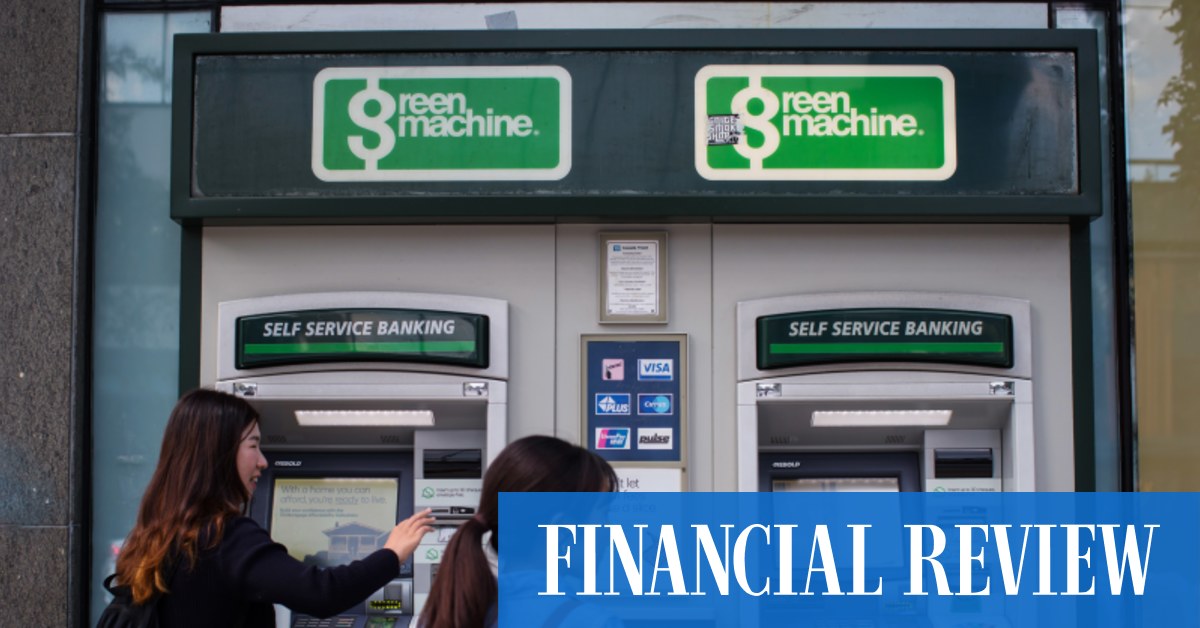The latest economic data indicates that consumer spending, which accounts for two-thirds of GDP, grew at a rate of 3.3% in the fourth quarter. This growth was driven by higher spending on health care and financial services, although spending on goods was revised lower. Additionally, the number of non-residential investments also strengthened, with spending on structures, intellectual property and equipment revised upwards.
Inflation has been a concern for economists in recent months, and the personal consumption expenditures price index, the Federal Reserve’s preferred inflation metric, rose at an annual rate of 1.8% in the fourth quarter, although this is slower than expected. Excluding food and energy, the index rose 2%, slightly less than the previous estimate. Adjusted pre-tax corporate profits rose 4.1%, the highest since mid-2022. After-tax profits as a share of gross value added for non-financial corporations remained high at 15.1%.
Recent earnings reports have shown that publicly traded companies are achieving higher gross margins due to offloading input costs, although this does not necessarily translate into lower prices for consumers. This trend has added to investor optimism, as the S&P 500 is on track for its fifth straight month. President Joe Biden pointed to strong corporate earnings as a sign that companies are profiting from high prices on consumers, especially at grocery stores.
However, recent economic indicators suggest that consumers may be becoming more selective in their spending after years of demand-led spending. Data on personal consumption expenditures for February is expected on Friday. The path of inflation and the labor market will play a key role in determining how long consumers can continue to support economic growth. Another report showed that the number of ongoing claims for US jobless benefits rose to 1.82 million in the week ending March 16, the highest level in nearly two months.
Overall, while there are positive signs in some areas of the economy such as consumer spending and corporate earnings, there are also concerns about inflation and unemployment that could impact future economic growth prospects.
It’s worth noting that while consumer spending accounts for two-thirds of GDP and is an important indicator
